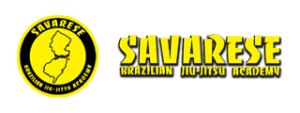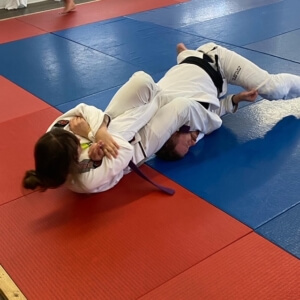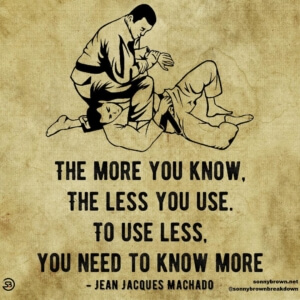Attacks from seated/butterfly guard in Sport BJJ
Attacks from seated/butterfly guard in Sport BJJ
Attacks from seated/butterfly guard in Sport BJJ have many different lines of attack. I state the word Sport BJJ because many of these attacks won’t work in a street fight or MMA fight. The thing is, things move quickly in combat sports. Opportunities come and go quickly, so when there is an opening one can’t procrastinate. It’s important to have pre-established lines of attack sorted out so that when an opportunity flashes in front of you, you know exactly what to do and have a series of attacks for any mistake your opponent may make. Or, if you are dictating pace, which I always stress here at Savarese BJJ (www.njbjj.com), have a bunch of chains to attack with. When working from seated guard against an opponent on their knees, the main avenues of attack will begin at either the wrists, elbows or collar. Each presents very different forms of control and very different lines of attack. Make sure you have yours figured out and ready to roll. Here, our student Elliot has this type of guard and is waiting for an opening to counter, a different type of guard play. As such, he targets the head as the initial connection to base subsequent attacks upon. You must have your own chains of attack starting from each of wrists, elbows and head. When you do, you will be a dangerous opponent from seated guard!


